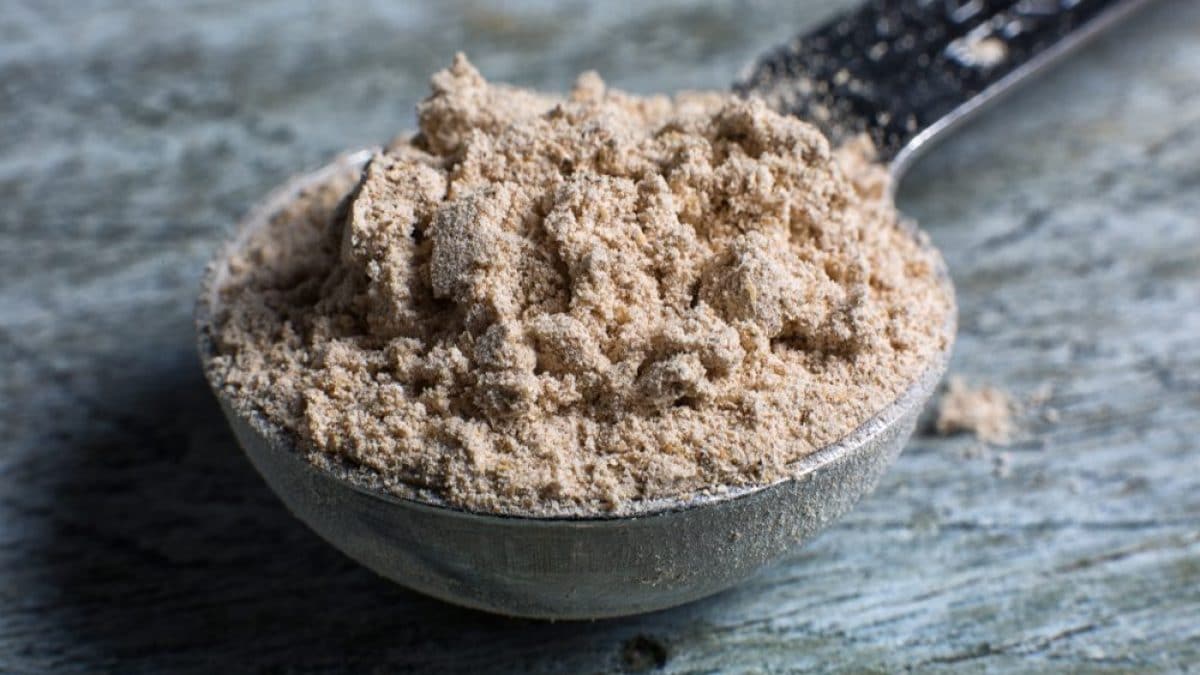
There are ingredients that make the difference by making a dish truly special: this is the case of malt, a product obtained from the germination of cereals, which is widely used in the creation of alcoholic beverages, including beer and whiskey, as well as coffee substitutes. In the kitchen, it serves as an alternative to sugar, to sweeten drinks and is used in the creation of various sweet preparations, such as creams, ice creams and desserts, but it is especially in the field of baking that it is particularly appreciated. Let's see specifically what malt is and how to use it in the kitchen.
The Production of Malt
Malt is born from the germination of cereals, a process that transforms starch into simple sugars and gives the final product a sweet and characteristic taste: although barley is the most commonly malted cereal, wheat, rye and corn can also undergo this process.
Malt production follows three key stages: soaking, germination and drying. Initially, during soaking, the grains absorb water, starting to germinate: this process activates essential enzymes that begin the transformation of starch into sugars. The germination stage then continues until the desired level of enzyme activity is reached, at which point it is stopped by drying. This last stage stops germination, preserving the active enzymes and locking in the aromatic and flavor properties of the malt. Drying not only stabilizes the malt for storage but also defines its color and flavor profile, varying from light to dark shades, depending on the duration and temperature applied, thus significantly influencing the taste and aroma of the final products in which it will be used.
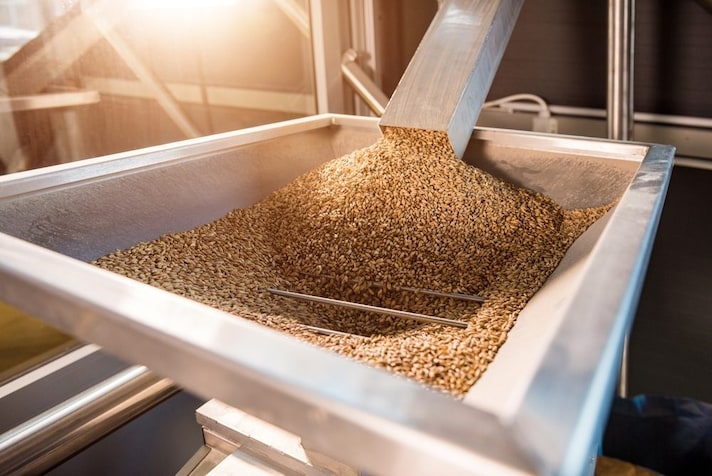
Among the many advantages that malt has is that of being an alternative to refined white sugar, thanks to its ability to give sweetness to foods, enriching them with a distinctive aroma. It is rich in vitamins and minerals, in particular potassium, phosphorus and magnesium. Depending on the type of cereal used for its production, it can offer additional benefits.
Types of Malt
Generally, when referring to the term "malt" without further specification, it means malt derived from barley, since this cereal guarantees the best quality of the finished product, but there are several types, which are mainly distinguished by the cereal from which they are derived and the production method, significantly influencing the flavor of the dishes to which they are added. Here is an overview of the main types of malt and their impact on culinary preparations:
- Barley malt: This is the most common type of malt, used both in beer production and in cooking. It can vary from light to dark, depending on the degree of roasting. The first has a sweet and delicate flavor, ideal for bread, desserts and to balance sauces. The dark one, on the other hand, has a more intense and caramelized flavor, perfect for adding depth to stews, marinades or dark bread. It is a natural sweetener on a par with stevia, agave syrup or maple syrup, as well as rice malt and corn malt.
- Wheat malt: has a slightly sweeter and less bitter flavor than barley malt and is often used in baking to aid leavening and improve the color and flavor of bread. Wheat malt is especially popular in the production of certain types of beer, such as Weizenbier, where it helps create fruity and spicy notes.
- Rye malt: Featuring a more robust and pungent flavor, rye malt is ideal for preparations with character, such as rye bread. In the kitchen, it adds complexity to soups and marinades and gives earthy and slightly spicy notes.
- Corn malt: less common than the previous ones, corn malt has a sweet and delicate flavor. It is used in some traditional recipes to naturally sweeten or as an ingredient in some types of beer, where it gives lightness and a subtle sweetness.
- Malt syrup: obtained by concentrating the liquid resulting from the maceration of malt, this syrup has a high sugar content and a characteristic flavor. It is used as a natural sweetener in various preparations, from cakes and biscuits to sauces and dressings, and offers a less invasive sweetness than refined sugar and a light malty note.
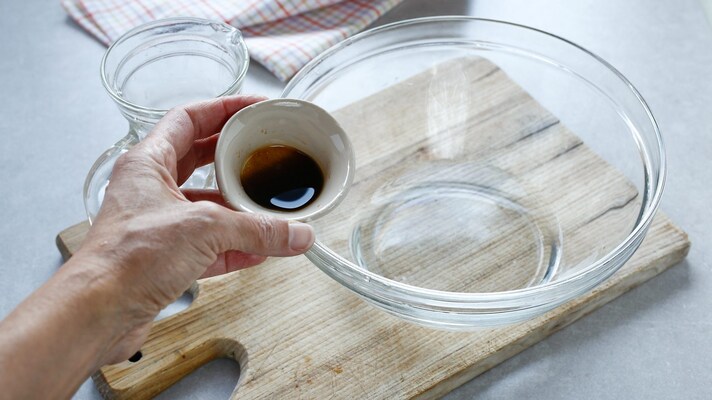
Diastatic Malt: The Ingredient That Makes Bread Special
After exploring the malt varieties based on the type of cereal, such as barley, wheat and corn, it is essential to also focus on diastatic malt. Diastatic malt has first undergone the malting process, like classic malt, and then a further process, called diastatization, aimed at increasing the presence of enzymes such as amylase, this consequently increases its diastatic power and makes the malt easier to use in baking.
Diastatic malt not only contributes to the production of bread characterized by softness and a golden and crunchy crust but also improves its conservation. The bread maintains its softness for longer times thanks to the greater retention of moisture, a direct effect of the action of the sugars that derive from the transformation of the starch. However, it is essential to use diastatic malt with moderation and precision: an excess can lead to undesirable results, such as too rapid fermentation or an excessively sticky dough that is difficult to handle.
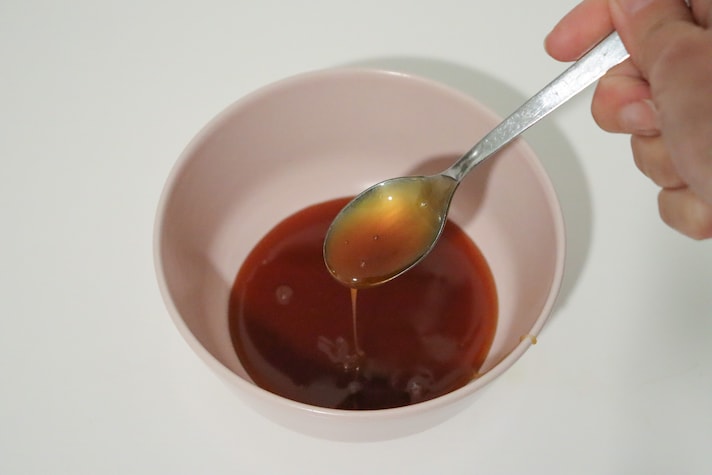
So what is the correct proportion? This depends on many factors such as the type of flour used, the hydration of the dough, the leavening times, the temperatures and so on. The following, therefore, are general indications on the doses to use.
The diastatic power of malt is measured in diastatic units (DU): the higher it is, the greater the malt's ability to convert starches into sugars.
- For a bread or pizza with a standard leavening, it is sufficient to use a diastatic malt with a diastatic power of 1000-1500 DU. If instead you prefer a more "important" leavening, you can use a malt with a higher diastatic power, up to 2000 DU.
- As for the proportions, for bread it is best to use a dosage of diastatic malt between 0.5% and 1% of the total weight of the flour used; for pizza, however, the recommended dosage is slightly higher, between 1% and 2% of the total weight of the flour.
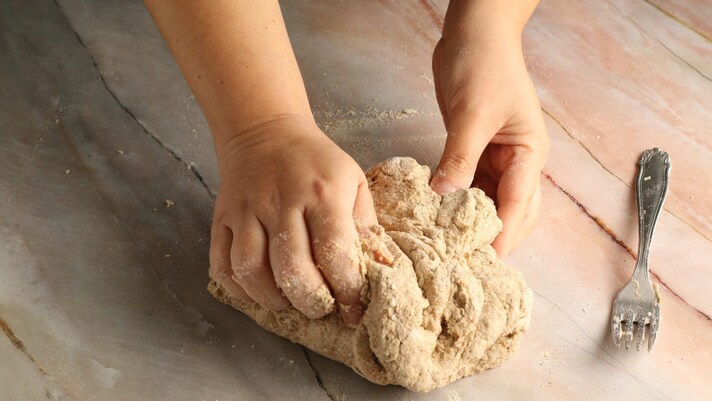
Commercial Malt
Barley malt is the easiest to find on the market, but not the only one, as seen above: in any case, you can find it in various forms. Here are the main ones.
- In powder form. It is a very fine brown powder, very easy to use: it can be added directly to the dough of bread, pizza, cakes and other baked goods.
- Extract. It appears as a thick, syrupy brown liquid. Barley malt extract has a more intense flavor than barley malt powder and is easier to dissolve.
- Diastatic. As already mentioned, it is a type of barley malt that has undergone a diastatization process, which makes it richer in enzymes: it is particularly suitable for improving the leavening of bread and pizza.
- Malt flour. A very fine beige flour, with a milder flavor than barley malt powder and higher fiber content.
- Caramelized. It is a type of malt that has been subjected to a caramelization process, which gives it a more caramelized flavor and a darker color: it is mainly used for the production of sweets and beers.
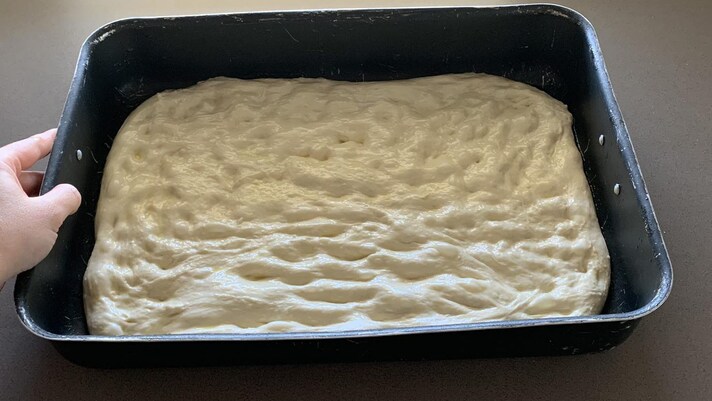
Malt in The Kitchen
In addition to its use in the production of alcoholic beverages and baking that we have already discussed, malt has numerous other culinary applications. Its natural sweetness and ability to add depth to flavors make it a valuable ingredient in many preparations.
- Sauces and dressings: Barley malt, in the form of syrup, is an excellent additive to sauces and dressings, to which it adds a unique sweet note.
- Desserts: Malt syrup can replace other sweeteners in desserts, providing a less sugary, more complex flavor.
- Marinades: Malt is used in marinades for meat and fish, where its sweetness balances the acidity of other ingredients, enhancing the tenderness and flavor of the finished dish.
;Resize,width=767;)
